Safety
Should Cars be Fitted With a Black Box?
The idea of installing black boxes in cars has garnered significant debate in recent years, as advancements in technology have made such devices more feasible and potentially beneficial. Overseas, plans are forging ahead to introduce the technology, which raises the question on whether Australia should follow suit.
What is a Black Box?
A black box, similar to those used in aircraft, is a device that records critical data such as speed, acceleration, braking patterns, and other metrics that can be used to reconstruct events leading up to an accident.
Arguments Supporting Black Boxes in Cars
It is widely argued that black boxes could play a crucial role in enhancing road safety. By providing accurate and objective data about accidents, black boxes could help authorities determine the causes of crashes more efficiently and accurately. This information could then be used to improve road designs, enforce traffic laws, and develop better safety features in vehicles.
Additionally, black boxes could act as a deterrent against reckless driving, knowing that any dangerous behaviour would be recorded and potentially used against drivers in legal or insurance matters. This could lead to a decrease in dangerous driving practices, ultimately reducing the number of accidents and saving lives.
Furthermore, black boxes could simplify insurance claims. In the event of an accident, the data from a black box could provide clear evidence of what occurred, helping resolve disputes between parties and ensuring that claims are settled fairly and quickly. This would not only benefit the individuals involved but also reduce the overall cost of insurance fraud, which is a significant issue in many countries.
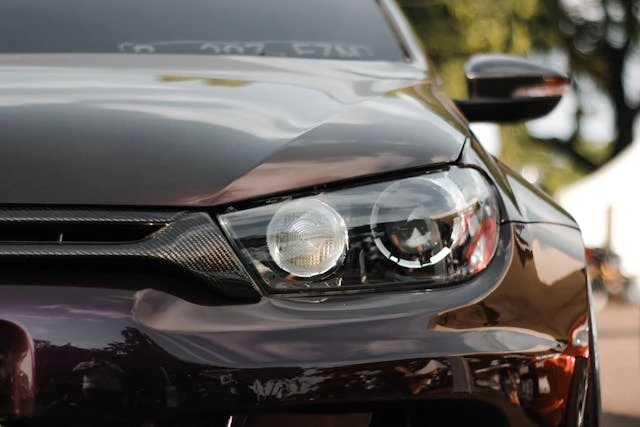
Concerns About Black Boxes
While there are benefits associated with the prospect of black boxes fitted as standard in every car, such an approach also raises concerns, particularly with regards to privacy.
Many people are uncomfortable with the idea of being constantly monitored while driving, fearing that their data could be misused or accessed by unauthorised parties. There is also the potential for such data to be used to unfairly penalise drivers for minor infractions or to profile individuals based on their driving habits. The question of who would have access to this data and how it would be protected is a critical issue that would need to be addressed before widespread implementation could be considered.
Furthermore, there is a risk that black boxes could lead to a shift in liability in the event of an accident. If a black box indicates that a driver was speeding at the time of a crash, they could be held liable even if the other party was primarily at fault. This could lead to legal complexities and a sense of injustice among drivers who feel that the data does not fully capture the context of the incident.
Another concern is the cost of implementing black boxes in vehicles. In new cars, the issue is fairly straightforward. However, there would only be limited effectiveness among road users if only a portion of drivers had black boxes. But to retrofit millions of existing cars with black boxes would involve significant costs.
Overall, black boxes offer potential benefits as far as improving road safety and helping resolve insurance claims, but they also raise significant concerns regarding privacy, liability, and retrofitting costs. Any decision to mandate black boxes in vehicles would require careful examination, otherwise drivers may not ‘buy’ into the idea altogether.
The Art of Braking
It goes without saying that there are a number of different braking technologies incorporated in the latest range of cars on the market. They might fly under the radar, if anything, but all those acronyms are more than just an abbreviation, they are a life-saving invention designed to look after you and your family’s safety.
So, what are the different types of braking technology?
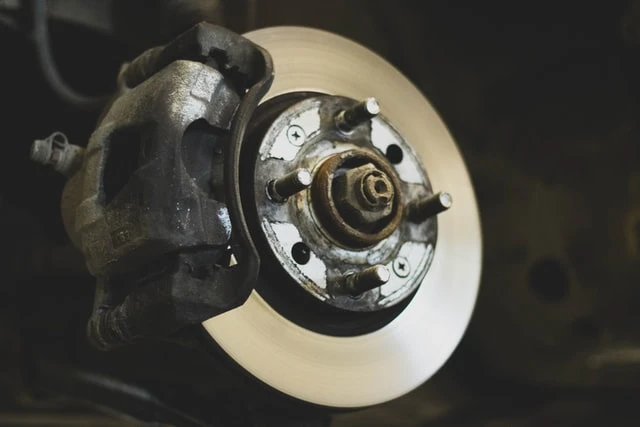
The First Step: ABS
One of the early systems introduced into cars was ABS. This was something that the industry latched onto and proudly trumpeted. ABS is Anti-lock Braking System.
Before ABS arrived there were two kinds of braking styles. Most of the time it was hard on the brake pedal and look out for black smoky trails. Or there was the canny driver that would “feather” the pedal and raise and lower the braking foot to not lock up the brakes.
ABS does the same thing as the second technique, albeit faster than we could ever hope to achieve. Computer controlled sensors will have the brake pads grip and release the brake discs, slowing forward progress but not stopping the whole wheel from rotating or locking up. This increases your control over the car’s handling.
Early versions of ABS had all four wheels controlled by one or two sensors, however, it’s pretty standard now that each wheel’s brake is controlled independently.
Meanwhile, TC refers to Traction Control. A long time ago, when manual gearboxes, thirsty engines, and a heavy right foot would combine to perform a “burnout”, where the grip or traction of a tyre became less than the intended design, they’d spin and the heat would warm the rubber to a point where the tyre would begin to smoke.
Traction Control stops this from happening. Whether it’s intentional, or in the case of either climbing a wet bitumen road, or turning a sharp corner at slow speed then accelerating, a computer sensor steps in and reduces power momentarily to reduce the lack of traction.
New Braking Technology
Today, a wide range of advanced technologies are designed to improve braking efficiency and enhance overall vehicle safety. One of these features includes ESP/VSC (Electronic Stability Program or Vehicle Stability Control). It is also referred to as DSC (Dynamic Stability Control) or ESC (Electronic Stability Control).
In essence, each of these systems do the same thing. They combine with Traction Control and rely on electronic sensors to measure wheel rotation speed, the direction of travel of the vehicle, the angle of the vehicle, and if a pre-programmed point of no return might be reached. At this point, the stability program will apply brakes to the wheel, or wheels it deems require assistance.
This can be done without the driver’s knowledge. For example, on a wet and slippery road, the system may quietly work in the background by gently applying braking force. In effect, the system helps the car stay on a straighter, tighter, driving line.
EBD, or Electronic Brake Distribution, is a form of brake technology that automatically varies the amount of force applied to each of a vehicle’s wheels, based on road conditions, speed, and loading. It works hand-in-hand with ABS.
Finally, there’s Brake Assist, which provides extra braking pressure if the car’s onboard computers think that it is required. In today’s cars, this tends to be partnered with a forward-looking sensor setup and cruise control.
Get More Life Out Of Your Tyres
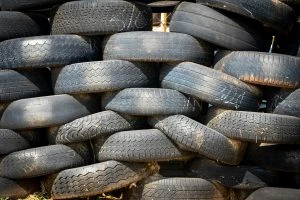
We’re all facing rising costs for this, that and the other thing, and tyres aren’t cheap. I think that the car wears more expensive “shoes” than I do. You should never, ever skimp on tyres and get about on rubber with a barely legal tread depth. However, nobody wants to spend more than they have to, so how can you extend the life of your tyres so you get the most out of them and they last as long as possible?
Rotate your tyres regularly. This means every 10,000–13,000 or thereabouts. How do you rotate your tyres? This depends on your drivetrain, and whether or not you use directional tyres (i.e., left-hand and right-hand tyres). The instructions sound like dance steps but they’re a lot easier. If you get easily muddled, then mark your tyres with chalk before you start (e.g., FL for front left, etc.).
- For a front wheel drive vehicle, the front tyres go to the back on the same side. Then the back tyres go to the front and the opposite side (i.e., they swap diagonally).
- For a rear wheel drive vehicle, the rear tyres go to the front on the same side. Then the front tyres go to the back on the opposite side (i.e., a diagonal swap).
- For a 4×4, front left swaps places with rear right, and front right swaps with rear left (everything swaps diagonally)
- With directional tyres, the left-hand tyres swap places with each other. The same happens on the right.
Get your wheels aligned if you notice problems. The problem usually shows up in two main ways. The first is if you spot irregular wear on your tyres. You’ll only spot this if you check your tyres regularly, which is something we should all do. The other way that poor alignment shows up is if your car pulls to one side. To test this, find a nice straight bit of road that’s fairly empty, position yourself in the middle of your lane and let go of the steering wheel (you may want to disable any driver aids such as lane keeping assistance). If your car pulls to one side, rather like my dog catching a sniff of a dropped fast food wrapper on the side of the road, then your alignment is out of whack and needs tweaking.
Use the right tyre pressure. The right pressure will depend on the individual tyre, your type of vehicle, whether or not you’re towing and even the temperature. Get to know what your car needs – you’ll probably find this in the driver’s handbook that came with your car, probably in the glovebox – and check it on a regular basis. Maybe not every time you stop to top up, but more often than you get the oil changed.
Don’t drive aggressively. OK, when you were in your late teens or early twenties, it might have seemed super cool to rev off and screech to a halt in a way that left black marks on the road, but you know what those black marks are made of, don’t you? That’s bits of your tyres left on the surface of the road, meaning that your tyre won’t have lasted as long as it would have. Enjoy your driving by all means, but grow up a bit and don’t be so forceful in how you start and stop. It’s easier on your car as a whole and also helps with your fuel bill (something we can all do a bit more of these days).
If stuck, don’t keep spinning. We’ve all been there now and again, especially if you like a bit of off-road driving. You get a wheel into somewhere it loses traction and it starts spinning. If you’re like most people, you’ll put your foot down and spin it some more just in case it grabs and moves this time. Unfortunately, slipping is slipping, and the only things you’ll do are (a) wear your tyres down a bit more than you would have and (b) dig yourself in deeper. Instead, get out, have a look at how you’re stuck and see what you can do.
If your car is parked up for a long time, or if you have a set of tyres in storage, keep them at the right temperature (i.e., not too hot) and out of the direct sunlight, as UV breaks down the rubber compounds in the tyres, leading to what is known as dry rot.
Don’t carry too much in your car. The more weight your tyres have to support, the quicker they’ll wear out. Although we all need to take big loads now and then, the less you can cart about on a regular basis, the better it will be for your tyres and for your fuel bill (these two often go together). For those of you who drive BEVs, don’t get too smug about the fuel bill thing – reducing the weight you cart about will also get you more range from a single change. It’s simple physics, folks!
Avoid the rough stuff. In some cases, you can’t avoid rough roads simply because of where you live. However, if you can avoid potholes, ruts, etc., this will help your tyres last longer. It would be nice if there were fewer of these potholes, etc. but that’s another story. At best, the rough stuff can wear at your tyres more; at worst, going into a pothole can slash the side of your tyre (ask me how I know this…).
However, even if you do all these things, the Second Law of Thermodynamics decrees that your tyres will eventually wear out and need replacing. When that time comes, as stated above, don’t skimp or try driving on worn tyres. It’s just not worth it.
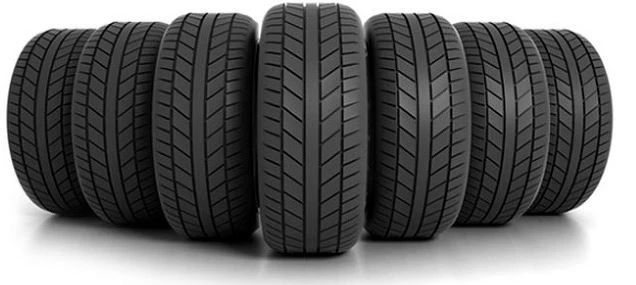
Throwing Some Light On The Subject Of Lights
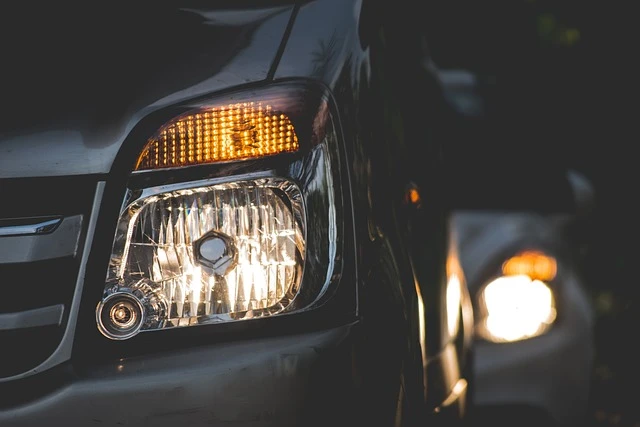
Once upon a time, cars were fitted with carbide lights, practically identical to the sort old-school miners wore on their helmets. These had to be lit with a match, a cigarette lighter or, if you were lucky, a built in flint and steel striking mechanism. They weren’t in the business long, as electric lights were put on cars in around 1912 or so. We’ve certainly come a long way since then and we’ve got more than a pair of carbide lanterns. If you’ve thought about adding some aftermarket tweaks to your vehicle, lights are some of the first things that we can try adjusting or adding. However, it pays to know what you’re talking about, so let’s look at what’s what.
Headlights
These are your bread and butter basics. They are there to stop you running into things at night and see where the road goes. They probably don’t need any introduction, but we’ll touch on them briefly. They are at the front and they’re white. The idea is that they illuminate as far as possible when on full beam and are dipped when another vehicle comes the other way. We know how they work. However, please remember the following: (1) you turn them on when there’s not enough light to see a person in dark clothing 100 m away, i.e., when the sun is below the horizon; (2) don’t play Headlight Chicken where you see who dips first.
Auxiliary Lights
Auxiliary lights are the ones that aren’t the bog-standard headlights, indicators and taillights. Not all cars have them when they roll off the factory floor, but many of them can be fitted as after-market mods. They’re particularly popular on off-roading vehicles, and for good reason. If you’re going out into the middle of nowhere, you really need to see all the rocks, holes and wandering animals, so more lights are needed (doubly so if you go spotlighting for rabbits).
Let’s have a look at the different sorts and what they’re for.
Fog Lights
Fog lights are for moments when something’s blurring visibility rather than for when it’s dark. Fog lights tend to keep the beam of light low so that it lights up the road but doesn’t hit the fog or dust and make the problem worse. If the light hits the dust or fog, then it will be scattered and make visibility worse.
Fog lights can be either amber or white. They have to turn off and on separately from the headlights. You’re not supposed to use them at night time as auxiliary lights, and you’re not supposed to use them at all unless the conditions warrant it.
Daytime Running Lights
Daytime running lights, commonly abbreviated DRLs, are lights fitted to the front of a vehicle that aren’t there so the driver can see but so that they can be seen. They’re supposed to be wired so that they go off when the headlights go on (unless you’re flashing your headlights temporarily to alert another driver about something, like the fact that their boot is open).
In some places, DRLs are required by law on all new vehicles. I’m not sure whether I agree with this or not. Certainly, out on the open road on an overcast day, DRLs have alerted me to a grey car on a grey road under a grey sky that would otherwise be hard to pick. However, around town, when every vehicle has DRLs and everything around them seems to have lights or at least be reflective, DRLs fall victim to the “if everyone’s special, then nobody’s special” syndrome and they don’t act as a warning of the presence of another vehicle more than the big metal box on wheels they’re mounted on.
Additional Driving Lights
Additional driving lights are like your headlights but they’re in addition to your headlights. Instead of having two headlights (or, in quite a few cases, four), you can have four (or six). Because they’re not as sophisticated as your main headlights, they only come on when the headlights are on high beam and should go off when you dip the headlights. This is for the simple reason that these auxiliary lights can’t dip, so if they stayed on, they’d dazzle the oncoming driver. They are sometimes called spotlights or spots.
The exact laws about where you can install additional driving lights vary slightly from state to state and they seem to be updated all the time. The general idea is that you are supposed to install them symmetrically about the centre of the vehicle’s bumper and that you can’t put them somewhere that could be dangerous, either because they protrude like horns or because they block the driver’s vision or dazzle the driver. In general, if you put lights on the front of your 4×4 so that they are surrounded by the bull bars rather than sticking out from them in front or on the side, you’re all good.
Light bars are a subcategory of additional driving light. Light bars are made up of a strip of LED lights, all acting in tandem. Legally, they are considered to be one light if they all turn on and off at the same time; if different bits turn on and off at different times, each bit of the light bar is considered to be a separate light. As lights must be mounted symmetrically around the front of the car, you can have a single light bar in the front and centre of your vehicle.
The ultimate in auxiliary lights or spotlights is the roof-mounted rack of lights that you’ll see on some 4x4s and are popular with hunters going out after dark. These are not legal in all states of Australia under all circumstances, with some states allowing them for use by hunting or when the vehicle is stationary or when the vehicle is off-road. These rules also seem to be updated every time you turn around, so check what applies to you before going to the effort and expense of buying or fitting them.
Puddle lights
The sole purpose of a puddle light is to cast a patch of light on the ground beside the door – very useful if you don’t want to put your best shoes into a puddle or a pile of dog poo. Some of the cars that have them as standard have a clever design so as well as throwing a patch of light onto the ground, it can also throw down a logo as a shadow – or even a patch of light thanks to LED tech. Aftermarket puddle lights are also out there, some of which have some quite quirky styles.